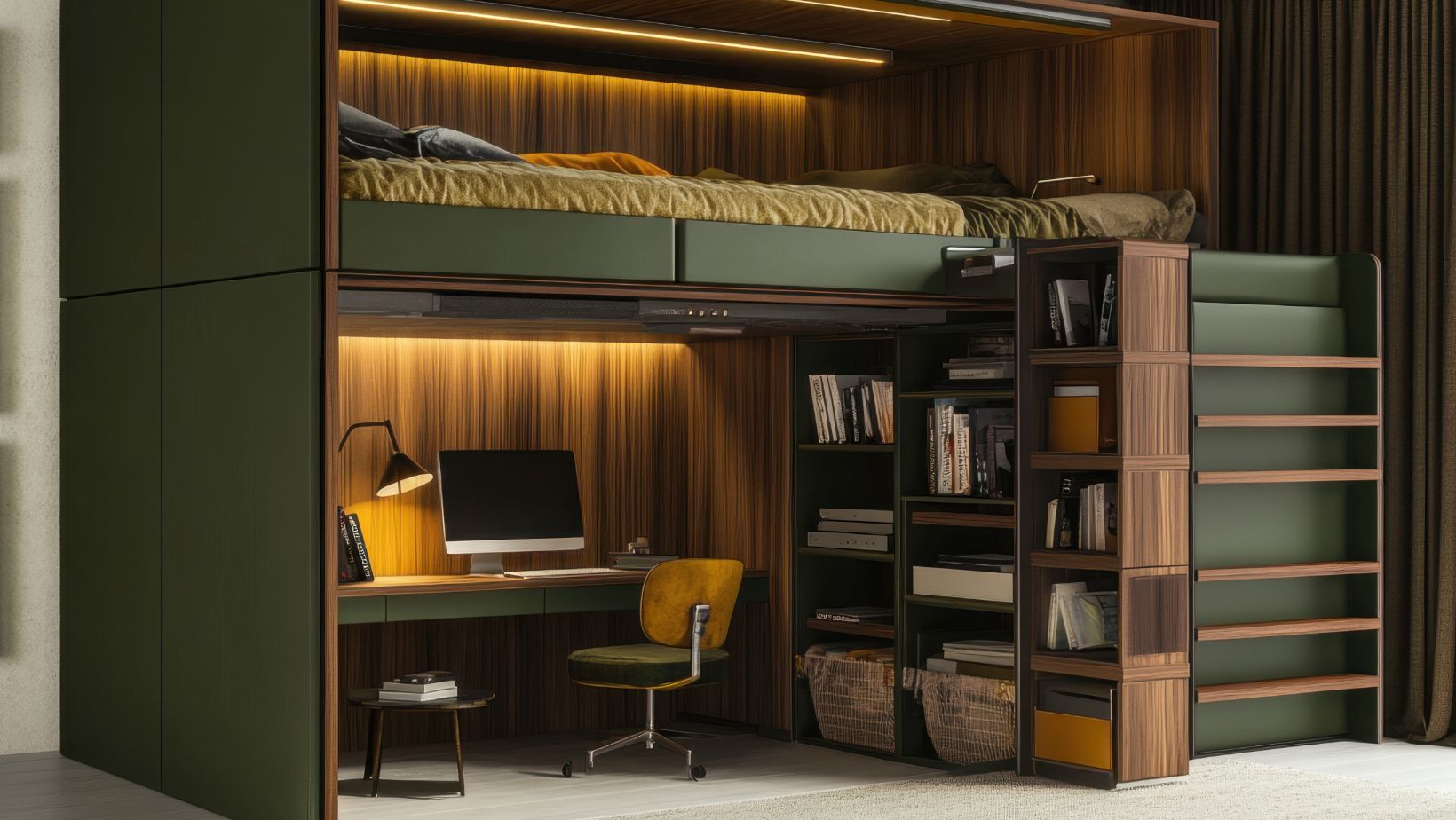
Walk into the storeroom of a successful restaurant. Then, visit the storage facility for a bustling catering company. While both house food and equipment, their approaches reveal fundamentally different operational philosophies. A commercial kitchen’s storage is a static, permanent ecosystem designed for repetitive production within four walls. Catering storage, by contrast, is a dynamic, mobile system built for deployment. Understanding this core distinction, permanence versus portability, is crucial for efficiency, inventory management, and ultimately, profitability in either field.
The Foundation of Portability
For a catering operation, every item must be ready for travel. Storage isn’t an endpoint; it’s a loading zone. This reality dictates that organization prioritizes mobility and protection above all else. Shelving units are not just for holding supplies but for staging gear that will be constantly moving. The most critical elements in this system are durable catering transport containers. These stackable, sealed units are the workhorses, designed to securely hold everything from delicate pastry to heavy service platters. In a commercial kitchen, items live on shelves; in catering, they live in transit-ready cases.
Inventory Philosophy and Turnover
A restaurant’s inventory is often a deep stock of consistent menu items. They might store large quantities of a specific pasta, oil, or protein they use daily. Their storage is built for bulk and consistency. Catering inventory, however, is project-based and incredibly varied. One week might require specific ingredients for a vegan wedding, the next week demands supplies for a child’s birthday party. Their storage must be highly adaptable, holding a wider variety of items in smaller, more flexible quantities that change with every single event.
Spatial Design and Layout
Physical space is utilized under different principles. A commercial kitchen is a fixed workshop. Its storage is integrated directly into the workflow, the cooler is steps from the line, dry goods are near prep stations. Everything has a dedicated, unmoving home.

A catering company’s storage area more closely resembles a logistics hub. The layout is designed for packing and unpacking efficiency. Wide aisles are essential for moving loaded carts. The space is organized by event type or by the logical order of loading a truck, not by the steps of a single, fixed recipe.
The Critical Role of Temperature Control
Both environments require rigorous temperature management, but their methods differ. A restaurant relies on its stationary walk-in coolers and freezers. Temperature is managed in one central, powerful unit. For a caterer, temperature control becomes a distributed challenge. They must maintain safe temperatures during transport and at a remote venue, often for hours. This necessitates a heavy reliance on high-quality insulated carriers, portable refrigeration units, and a vast quantity of ice packs. Their cold chain is mobile and fragmented, requiring more planning and specialized equipment.
Equipment and Wares Storage
Consider how each operation stores its plates, glassware, and cooking gear. A restaurant’s wares live on shelves near the dish pit, used, washed, and returned to the same spot endlessly. For a caterer, these items are part of a traveling kit. They are stored in protective, padded crates designed to prevent breakage in transit. A caterer’s storage isn’t for displaying equipment; it’s for housing the transport systems that will protect that equipment on the road. Their entire inventory of service gear is essentially pre-packed for the next job.
The Final Measure: Flexibility
Ultimately, the core difference is flexibility. A commercial kitchen’s storage supports a known, repeating process. It is optimized for speed and consistency within a controlled environment. Catering storage must be inherently agile, capable of supporting a completely different menu and service style for every client, in a new and often unpredictable location. One system is a precision tool for a single task; the other is a versatile toolkit for any task.
Recognizing these differences is more than an academic exercise, it’s the key to operational excellence. Applying a restaurant’s static storage model to a catering business creates logistical nightmares. Conversely, a caterer’s mobile system would introduce chaos in a fixed kitchen. By designing a storage strategy that aligns with the fundamental nature of the work, whether rooted in place or built for the road, businesses can build a stronger, more resilient foundation for success.
